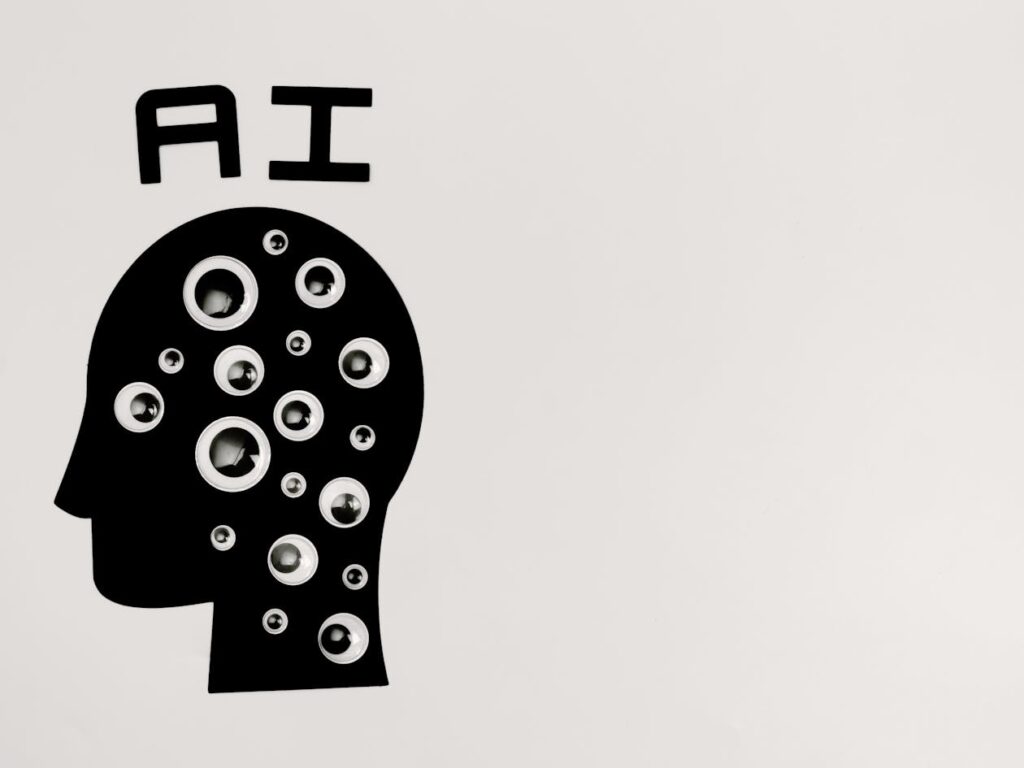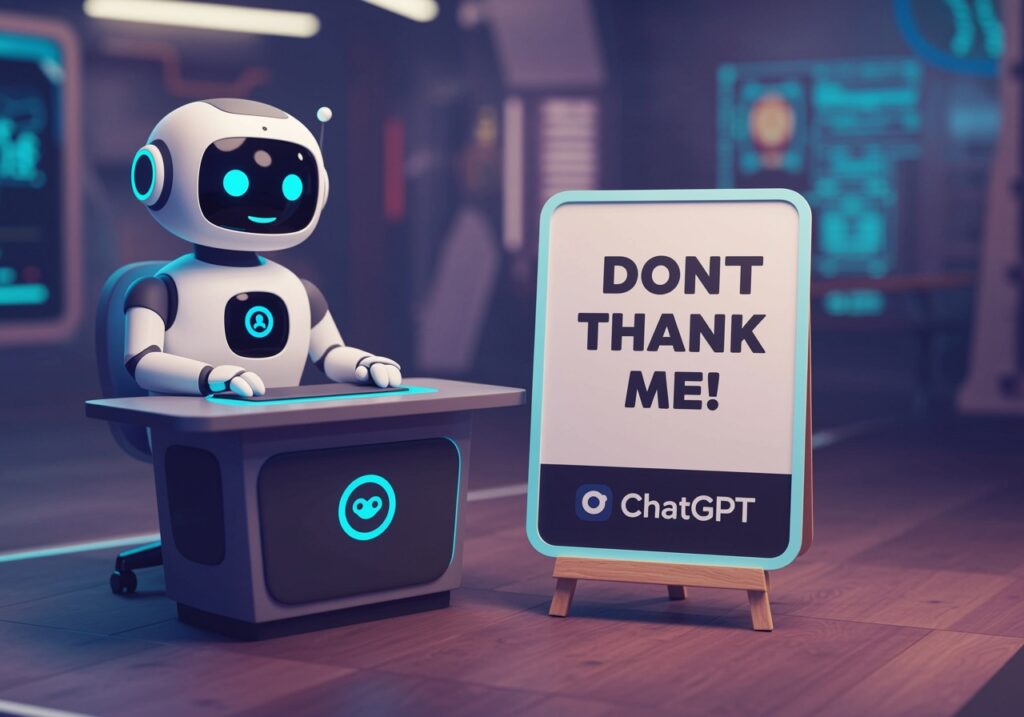Stuffing AI Into Everything Is Backfiring Spectacularly — Here’s Why

Marketing executives discovered something shocking when they analyzed their latest campaign data. Millions spent on product launches featuring their hottest buzzword actually drove customers away. Sales teams watched conversion rates plummet. Consumer surveys revealed patterns that contradicted everything they believed about modern tech appeal.
Two simple letters stamped on product descriptions created unexpected disasters across multiple industries. Companies assumed these letters represented innovation, advancement, and cutting-edge sophistication. Reality painted a dramatically different picture. Academic researchers from Washington State University couldn’t believe their findings when data analysis completed.
What seemed like guaranteed marketing gold transformed into consumer repellent. Products labeled with specific technology terminology performed worse than identical items described with vaguer language. Something fundamental shifted in how people perceive and respond to certain kinds of tech branding.
Marketing’s Favorite Buzzword Just Became Its Biggest Problem

Companies rushed to add “AI-powered” labels to toasters, vacuum cleaners, refrigerators, and countless other household items. Marketing departments believed artificial intelligence terminology signaled advanced capabilities and premium features. Every product launch included mentions of machine learning, neural networks, or smart algorithms.
Consumer research reveals shocking rejection patterns across demographics and product categories. What appeared to be smart positioning now drives potential customers toward competitors. Tech industry faces reckoning over promises that rang hollow when people examined actual product benefits.
Academic research published in the Journal of Hospitality Marketing and Management documented this phenomenon through controlled experiments. Research team led by Dogan Gursoy from Washington State University uncovered surprising consumer preferences that contradicted industry assumptions about tech marketing effectiveness.
Scientists Discover People Hate AI Labels on Products
Controlled experiments split participants into two distinct groups viewing identical product advertisements. One group saw descriptions featuring artificial intelligence terminology. Another group viewed the same products described with generic technology language like “cutting-edge” or “advanced features.”
Results showed clear patterns of AI aversion across product categories. Participants exposed to AI labels expressed lower purchase intentions compared to those who saw vaguer tech descriptions. Statistical analysis confirmed differences were significant and consistent across multiple product types.
Research methodology involved six separate experiments testing relationships between AI terminology, emotional trust, perceived risk, and purchase decisions. Data analysis using T-tests and Hayes Process Macro Models revealed mediating and moderating effects that explained consumer behavior patterns.
Numbers Don’t Lie About AI Marketing Failure

Parks Associates conducted separate research surveying 4,000 American consumers about their responses to AI branding. Statistical breakdown reveals troubling patterns for companies investing heavily in artificial intelligence marketing strategies.
Majority of respondents, 58%, reported that AI terminology made absolutely zero difference in their buying decisions. Product features, price points, and brand reputation mattered more than whether artificial intelligence played any role in functionality.
Perhaps more damaging, 24% of survey participants said AI labels made them LESS likely to purchase products. Nearly one-quarter of potential customers actively avoided items marketed with artificial intelligence terminology. Companies lost sales by adding what they thought would be attractive features.
Only 18% felt positively influenced by AI marketing claims. As one survey report noted, “58% of the 4,000 American respondents said the presence of the term ‘AI’ made no difference in their buying decision.” Tiny fraction of consumers responded favorably to branding that cost millions to develop and implement across product lines. Return on investment for AI marketing appears deeply negative based on consumer response data.
Generic Tech Jargon Beats Flashy AI Labels Every Time
Washington State University researchers expressed surprise when analyzing preference data. Participants consistently preferred products described with vague technological terminology over those explicitly mentioning artificial intelligence capabilities.
“Cutting-edge technology” generated more positive responses than “AI-powered” when describing identical product features. Generic buzzwords outperformed specific artificial intelligence references across experiments. Marketing teams discovered that saying less actually accomplished more when courting skeptical consumers.
People want functional products that solve real problems. Toaster needs to toast bread reliably. Vacuum cleaner should remove dirt from floors efficiently. As one analysis put it: “Does it toast the bread? Good. We did not need an AI to maximize our toast potential.” Adding artificial intelligence creates questions rather than answers about basic functionality expectations.
Nobody asked for AI to “maximize toast potential” or “optimize cleaning patterns.” Consumers seek appliances that work consistently without requiring smartphone apps, cloud connectivity, or machine learning algorithms to perform simple household tasks.
High-End Products Take Bigger Hit from AI Branding

Research revealed interesting patterns about how product categories respond differently to artificial intelligence marketing. Luxury goods and high-risk purchases suffered more severe negative reactions to AI terminology than everyday low-cost items.
Emotional trust mediates relationships between AI labels and purchase intentions. When consumers see artificial intelligence mentioned in premium product descriptions, their emotional trust decreases significantly. Skepticism about whether technology truly delivers promised benefits grows stronger as prices increase.
High-risk product categories show particularly strong negative reactions to AI branding. Consumers buying expensive items want confidence that purchases will perform as advertised. Artificial intelligence claims trigger doubt rather than reassurance about product quality and reliability.
Premium pricing combined with AI marketing creates credibility crises. People wonder whether they’re paying extra for genuine innovation or just trendy buzzwords slapped onto ordinary products. Trust erodes when companies can’t clearly explain what artificial intelligence actually does to justify higher costs.
Young People Aren’t Buying AI Hype Either
Marketing assumptions suggested younger generations would embrace AI branding enthusiastically. Digital natives who grew up with smartphones and social media should logically respond positively to artificial intelligence product features. Survey data demolished these expectations.
Ages 18-44 showed modest 24-27% positive response rates to AI branding. Only about one-quarter of tech-savvy young consumers felt AI terminology made them more likely to purchase products. Majority remained indifferent or actively skeptical about artificial intelligence marketing claims.
College students using AI chatbots to complete assignments still distrust AI products. Generation most familiar with artificial intelligence capabilities recognizes current limitations through daily experience. They know ChatGPT makes mistakes, produces mediocre results, and requires human oversight for acceptable quality.
Seniors Reject AI Products at Alarming Rates
Older demographics showed even stronger negative reactions to artificial intelligence branding. Approximately one-third of senior consumers gave outright rejection to products marketed with AI terminology. Age-based marketing strategies failed to account for deep-seated trust issues among older populations.
Privacy concerns resonate more powerfully with seniors who remember life before constant digital surveillance. Smart devices feel invasive rather than helpful. Artificial intelligence suggests data collection, personal information harvesting, and potential security vulnerabilities.
Complexity fears compound skepticism about AI functionality. Older consumers worry about learning curves, technical support challenges, and dependence on systems they don’t understand. Simple, reliable products trump “smart” alternatives that require troubleshooting and software updates.
Consumers Can’t Figure Out What AI Actually Does
Marketing teams fail to explain tangible benefits of AI features in product descriptions. Vague claims about “smart” capabilities or “intelligent” performance leave consumers confused about practical advantages. “AI-enhanced vacuum cleaner” raises more questions than it answers about cleaning effectiveness.
Value propositions remain unclear for most AI product claims. How does artificial intelligence make a refrigerator better at keeping food cold? What specific problems does AI solve that justified engineering complexity and higher purchase prices? Companies substitute buzzwords for genuine explanations.
People need concrete information about time savings, effort reduction, or quality improvements. Abstract promises about machine learning algorithms mean nothing without demonstrating how artificial intelligence translates into real benefits during actual product use.
Privacy Paranoia Kills AI Product Appeal

Consumers assume AI products constantly collect personal data without explicit permission. Smart devices feel like corporate surveillance tools disguised as helpful appliances. Artificial intelligence suggests network connectivity, cloud storage, and potential information leaks to third parties.
Data breach headlines fuel fears about AI-connected products. Stories about hacked security cameras, compromised smart speakers, and stolen personal information create associations between artificial intelligence and privacy violations. Convenience features don’t outweigh security concerns for most consumers.
Surveillance capitalism business models make people suspicious of “free” AI services and connected devices. If products collect data, who sees that information? What gets sold to advertisers? How secure are servers storing personal usage patterns? Questions outnumber reassuring answers.
AI Went from Cool to Creepy in Record Time
Brief window of AI enthusiasm closed faster than any previous technology trend. Initial curiosity about artificial intelligence capabilities gave way to wariness about implementation and applications. Current perception frames AI as potentially invasive rather than beneficial.
Hype cycle collapsed when reality failed to match inflated expectations. Promised revolutions in daily life didn’t materialize. Self-driving cars remain limited. AI assistants still struggle with basic requests. Products labeled “intelligent” behave no smarter than conventional alternatives.
Consumer sentiment shifted from excitement to caution within months. What once seemed futuristic now feels like marketing gimmickry. Companies that bet heavily on AI branding face growing skepticism from audiences tired of overpromises and underdelivery.
Marketing Departments Got Lazy with AI Branding

Teams rely on two-letter shortcut instead of explaining actual product benefits. Fundamentals of marketing communication were abandoned for trendy terminology. Rather than articulating how features solve customer problems, advertisements simply stamp “AI” on descriptions and assume work is complete.
Snake oil salesmanship dressed in modern tech clothing. Empty promises wrapped in scientific-sounding jargon replace substantive value propositions. Marketing speak replaces genuine communication about capabilities, limitations, and practical applications.
Success requires matching promises with performance reality. Products need to deliver smart results, not just claim smartness through branding shortcuts. Companies must demonstrate time savings and effort reduction in concrete terms rather than hiding behind artificial intelligence buzzwords.
Consumer education about actual AI benefits becomes essential for reversing negative sentiment. Industry must shift from hype to honest value communication. Transparency about both capabilities and limitations builds trust that flashy marketing destroys.
Loading...

